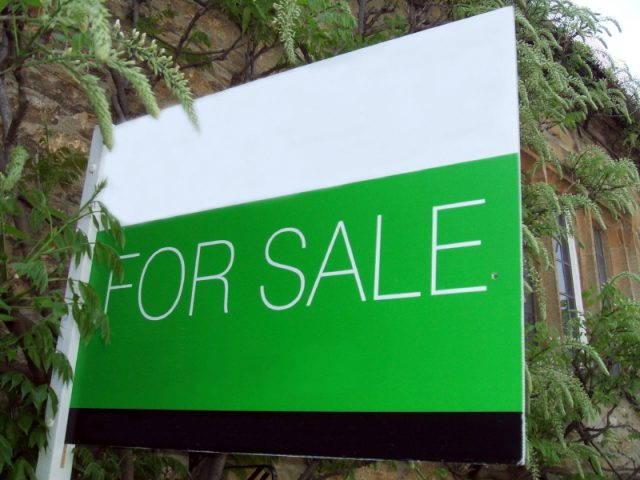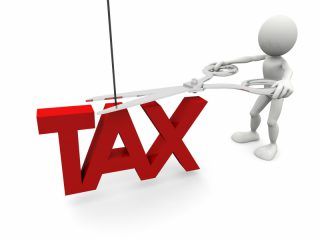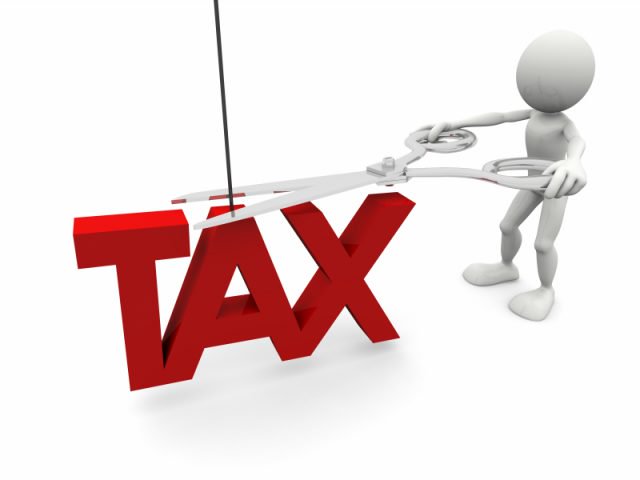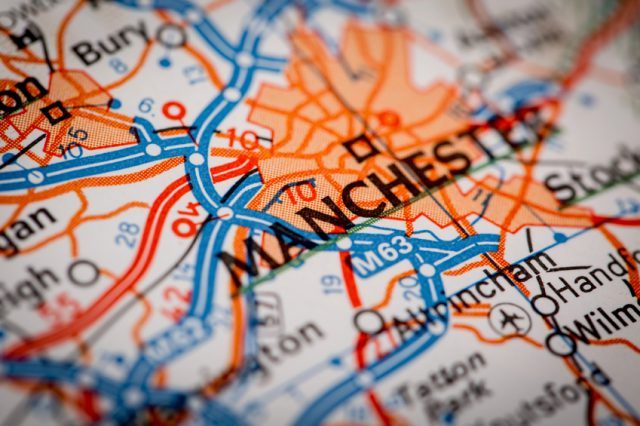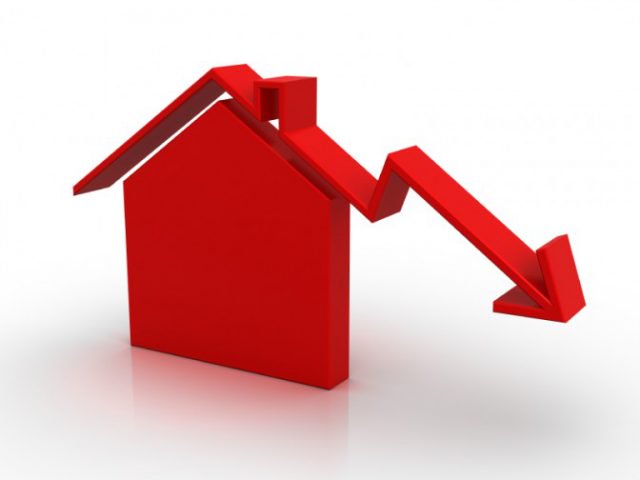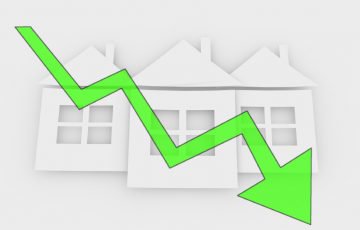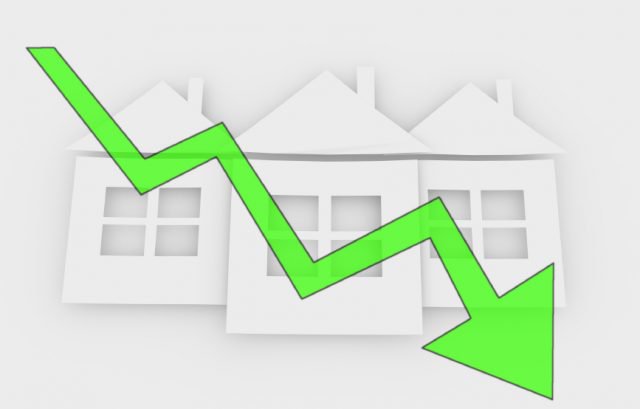Property Sales Lowest for 3 Years Due to Stamp Duty Rush

Property Sales Lowest for 3 Years Due to Stamp Duty Rush
Residential property sales were at the lowest level for three years in June, partly due to the rush to beat additional Stamp Duty for landlords in the first few months of the year.
The latest tax data from HM Revenue & Customs (HMRC) shows that UK residential property transactions dropped to the lowest level seen in the month of June for three years.
Around 102,010 property sales were recorded in June this year, more than the 91,270 seen in June 2013, but less than the 108,460 and 114,770 for June 2014 and 2015 respectively.
Additionally, the first quarter of the new tax year (2016/17) recorded a 13.4% drop in residential property sales compared to first quarter results of 2015/16, with 40,020 fewer transactions than the previous year.
As of 1st April 2016, buy-to-let landlords and second homebuyers are now charged an additional 3% Stamp Duty when purchasing a property. Our guide will help you understand how the change will affect you: /landlords-guide-3-stamp-duty-surcharge/
The Assistant Manager at chartered accountants Blick Rothenberg LLP, Paul Haywood-Schiefer, comments on the figures: “It is clear that so many buyers rushing to beat the Stamp Duty Land Tax (SDLT) increase on second properties has had an impact on the market and it will be interesting to see if this downward trend continues in the next few months.
“Interestingly, and more importantly for the economy, SDLT is still up by £16m against the results of June 2015, which suggests that many of the transactions that have gone through are higher valued properties and/or second properties, as the SDLT will be more on them.”
Nimesh Shah, a partner at the firm, adds: “The fact that SDLT is up by £16m suggests that most purchases are second property purchases and so subject to the 3% surcharge.
“The 3% surcharge, whilst introduced as a measure to help first time buyers, is clearly becoming a revenue generator and a back the door increase to SDLT rates when only 18 months ago, the new progressive rate SDLT system would have seen the majority of purchases (below £937,500) pay a lower SDLT. It would be fair to say that any expected reduction in SDLT has been recovered through the 3% SDLT surcharge.”


